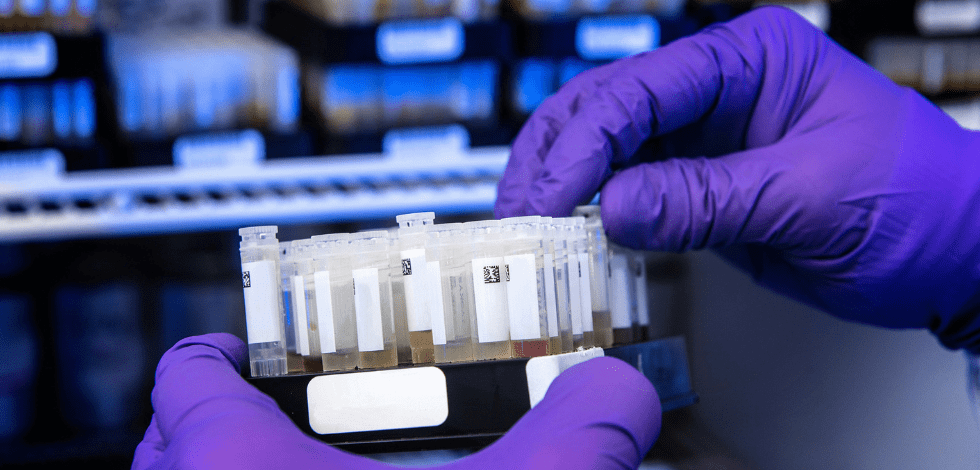RDAs and the benefits of claiming
Research and Development Allowances (RDAs), also referred to as R&D Capital Allowances and formerly known as Scientific Research Allowances, are the capital expenditure equivalent to the R&D Tax Relief scheme. These allowances aim to give companies 100 per cent tax relief on their first-year research and development capital expenditure.
Although operated separately, the eligibility criteria is the same as the revenue schemes. This means there’s little additional burden for companies to claim RDAs if they’re already claiming R&D tax relief, and vice versa.
While there are many benefits associated with RDAs, such as the 100 per cent rate and shared qualifying criteria, for many SMEs, and large companies with low levels of capital expenditure, the RDA scheme has become much less relevant in recent years.
RDAs and the Annual Investment Allowance (AIA)
Like RDAs, the AIA provides 100 per cent tax relief in the year of acquisition for certain assets like plant and machinery.
Over the last few years, the AIA limit has increased dramatically from £25,000 in 2012 (1 April 2012 – 31 December 2012), to the temporary threshold of £500,000 in April 2014. The threshold currently sits at £200,000, with this change enacted from January 2016, and it is expected to remain at this level for the foreseeable future. But the truth of the matter is, that few companies tend to spend over the current threshold, rendering RDAs somewhat redundant, particularly for SMEs.
AIA or RDA?
RDAs are certainly useful for larger companies that are spending over the AIA threshold or purchasing capital items not covered by AIA, such as buildings, but that’s about as far as it goes. Smaller companies, such as start-ups, are unable to realise the benefits of RDA’s, particularly when in a loss making position. This is because RDAs don’t have a cash credit for surrendered losses mechanism in place, like the SME R&D tax relief scheme or even the Enhance Capital Allowances regime, which offers a 19% cash credit. It essentially only allows businesses to create additional losses to carry forward or surrender as group relief. This acceleration of capital allowances is only beneficial if a company believes they will make a profit in the not too distant future and even then, it might still be years before they’re able to realise a tangible benefit.
Encouraging capital expenditure in other countries
More needs to be done to help encourage capital expenditure and as other countries are already implementing a variety of mechanisms to encourage businesses to invest, the UK needs take note.
South Korea, for example, is seen as a world leader in innovation investment and is ranked in the top 5 with regards to: total R&D expenditure ($91.6bn); expenditure as a percentage of GDP (4.29%) and level of spend per capita ($1,518), according to OECD statistics. Their holistic approach to innovation and tax credits offer a wide variety of incentives for R&D-related capital purchases, including machinery, facilities, tools, office machines, telecommunications instruments, testing machines and optical instruments. This kind of thinking has allowed the likes of Samsung and LG to flourish and dominate their global markets.
In other countries, such as Australia and France, capitalised equipment costs are claimed as part of R&D tax relief, using the yearly depreciation costs charged to the income statement. There is no separate capital scheme, this simplifies claims allowing companies to realise the benefits of capital no matter their tax position or size.
While on the face of it, UK businesses would appear to be benefiting from not one, but two tax relief schemes, the reality is, that for companies with capital expenditure not exceeding the AIA threshold, RDAs offer them no benefit.
The way forward
We believe that as a country, it will be increasing difficult for the UK to compete in a globalized market place without further incentive for companies to invest in the capital items essential for innovation.
The most obvious and easily implemented solution to increase the relevance of RDA schemes would be to introduce a tax credit. This would allow companies to surrender additional losses generated through the RDA claim, for a ‘real’ cash credit. With the mechanisms already in place for the SME revenue scheme and for ECAs, the next logical step would be extending this to RDAs.
We urge the UK Government to follow in the footsteps of South Korea, Australia and France by offering incentives for R&D capital expenditure that are designed to benefit companies of all sizes – both loss and profit-making. With Brexit fast approaching there is a real opportunity for the UK to make a break from the pack and offer the same level of support for R&D capital expenditure as it does for revenue; encouraging investment in innovation.













No Comments